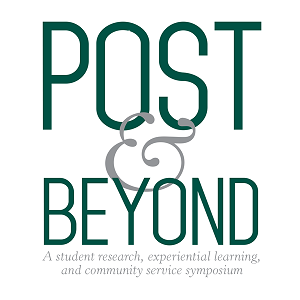Etymological Item Analysis: Leveraging AI to Analyze Test Items from Vocabulary Assessments
Faculty Mentor
Gabriella Reynolds
Area of Research
Veterinary Medicine
Major
Speech-Language Pathology; Computer Science and Data Analytics; Nutrition
Description
This study aims to reveal and address possible patterns in the words chosen for children’s expressive vocabulary assessments. An item analysis was conducted on two popular expressive vocabulary assessments used in speech-language pathology evaluations. These assessments have participants name a target word from a picture. Analyses were conducted to determine the etymological background of the target words. Each word was assigned to one of several categories (i.e., food, people, personal) by a research assistant in the speech-language pathology program. Chat-GPT was used to obtain etymological information from all test items. Research assistants determined etymology using Merriam Webster on 25% of the items to check reliability with Chat-GPT. Pie charts were created to visualize the etymological background of the two vocabulary assessments. The pie charts of etymological backgrounds of the items were compared across assessments. The majority of the words from both assessments were originally from Middle English. This study provides more information on the types of words included in popular language assessments and their backgrounds. This study also illustrates the accuracy of Chat-GPT in obtaining etymological information from a large number of words. Understanding the etymology of each item will help demonstrate whether or not the words in the assessments are skewed in terms of their origin.
Etymological Item Analysis: Leveraging AI to Analyze Test Items from Vocabulary Assessments
This study aims to reveal and address possible patterns in the words chosen for children’s expressive vocabulary assessments. An item analysis was conducted on two popular expressive vocabulary assessments used in speech-language pathology evaluations. These assessments have participants name a target word from a picture. Analyses were conducted to determine the etymological background of the target words. Each word was assigned to one of several categories (i.e., food, people, personal) by a research assistant in the speech-language pathology program. Chat-GPT was used to obtain etymological information from all test items. Research assistants determined etymology using Merriam Webster on 25% of the items to check reliability with Chat-GPT. Pie charts were created to visualize the etymological background of the two vocabulary assessments. The pie charts of etymological backgrounds of the items were compared across assessments. The majority of the words from both assessments were originally from Middle English. This study provides more information on the types of words included in popular language assessments and their backgrounds. This study also illustrates the accuracy of Chat-GPT in obtaining etymological information from a large number of words. Understanding the etymology of each item will help demonstrate whether or not the words in the assessments are skewed in terms of their origin.

